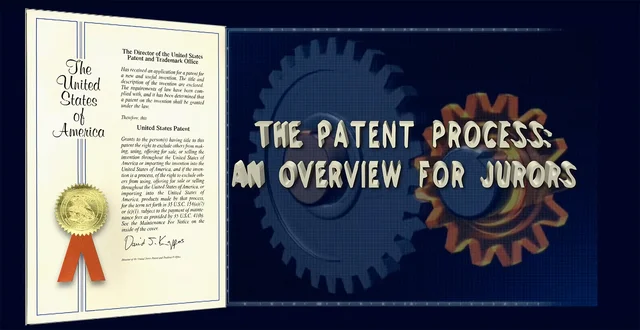
When expert reports go back and forth in a patent case, it's not uncommon to see complaints from the patentee's expert along the lines of "I understand that the opposing party did not produce information regarding x, so I will instead base my opinions y."
In other words, the expert wants to keep the door open to explain to the jury that he or she would have done a particular analysis if only the other side had given them the information they needed. But, obviously, the other side may object to that testimony.
Judge Connolly addressed a situation like yesterday, and held that the expert cannot just testify to the jury about the other sides alleged …



